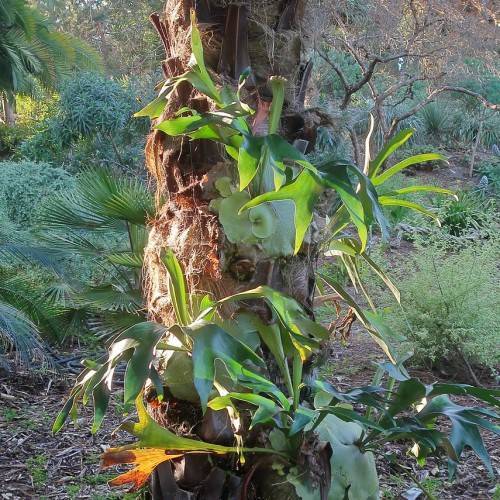
elkhorn fern
Platycerium bifurcatum
Cycle:
Perennial
Watering:
Average
Hardiness Zone:
9 - 12
Flowers:
Flowers
Sun:
part shade,part sun/part shade
Soil:
Well-drained
Fruits:
Fruits Ready In Fall
Leaf:
Yes
Growth Rate:
Low
Maintenance:
Low
Drought Tolerant:
Yes
Indoors:
Yes
Care Level:
Medium
watering
Elkhorn fern should be watered about once a week or when the top ½ inch of soil is dry. Furthermore, they prefer to be watered thoroughly, rather than given small amounts of water frequently. Ensure that you are not over-watering the plant, as too much water can cause the roots to rot. Once a month, it may be necessary to give the plant a longer, deeper soak.
sunlight
Elkhorn ferns prefer indirect or filtered sunlight, and it is best to provide them with 3-4 hours of partial sun or indirect light daily. Direct sunlight should be avoided as this can burn the leaves. Morning sunlight is preferable over afternoon or evening sunlight, as the intense afternoon sunlight can be damaging to the plant. If the elkhorn fern is grown indoors, it is best to place it near a window that receives ample sunlight throughout the day.
pruning
Elkhorn ferns should be pruned twice a year - once during spring and once during fall. During the springtime, prune off any dead fronds or yellowing fronds that may have died over the winter. During the fall, prune off any of the oldest fronds as well as any that have thin, yellowing branches or appear to be damaged. When pruning, make sure to cut just above the trunk and to wear gloves to keep your hands from getting scratched.
